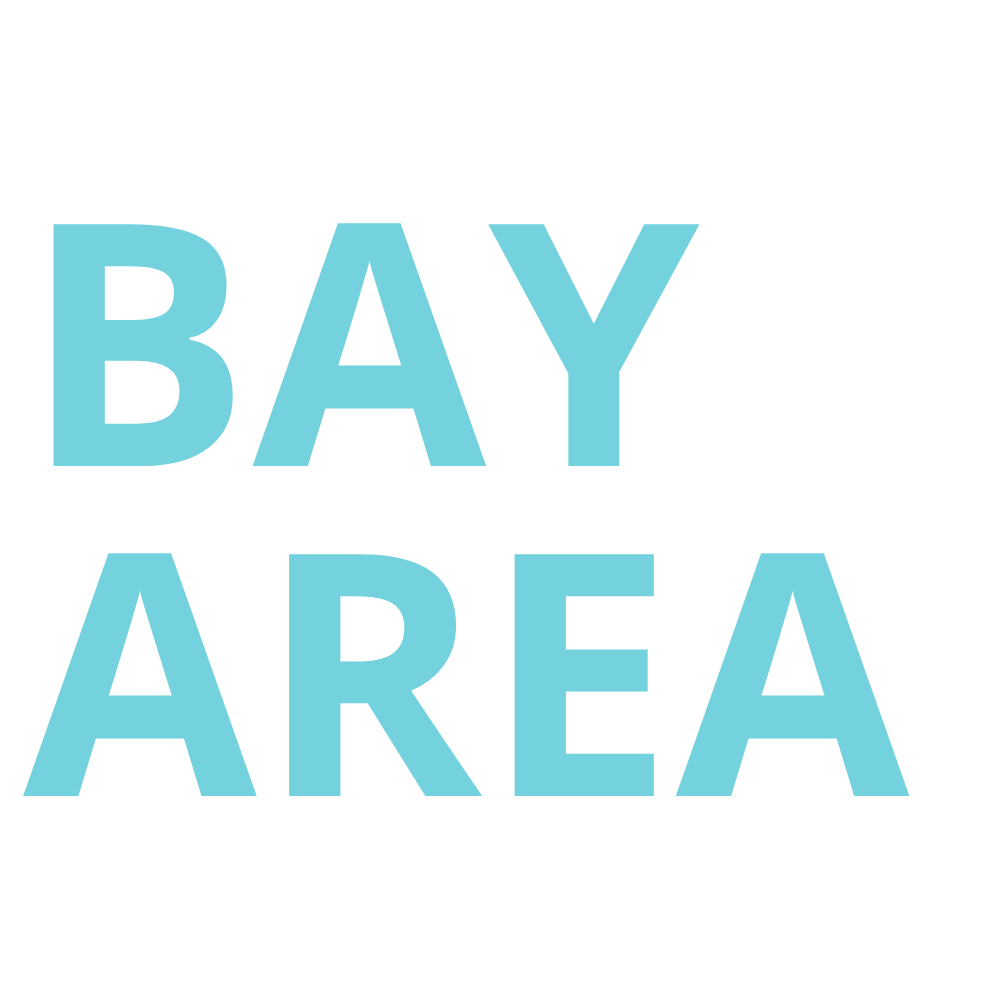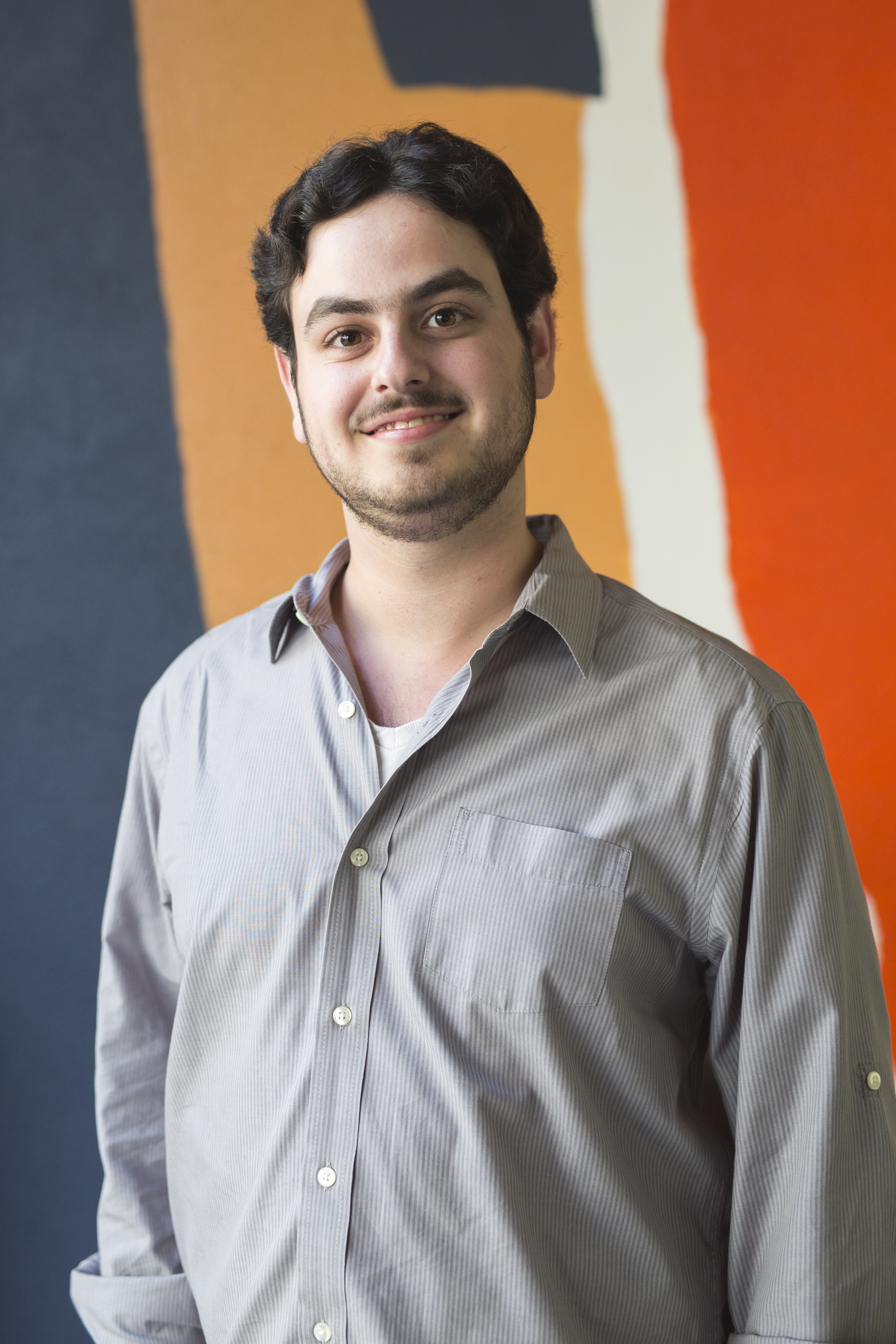 伊斯梅尔·维拉雷尔是阿德尔威金斯集团的设计工程师,该公司是一家总部位于加利福尼亚州康默斯市的小型航空航天企业。阿德尔威金斯集团为燃油分配系统生产定制产品,包括软管、卡箍和连接器等。其产品主要供应波音和空客公司,同时也与巴西的巴西航空工业公司、意大利的莱昂纳多公司等制造商保持合作。
伊斯梅尔·维拉雷尔是阿德尔威金斯集团的设计工程师,该公司是一家总部位于加利福尼亚州康默斯市的小型航空航天企业。阿德尔威金斯集团为燃油分配系统生产定制产品,包括软管、卡箍和连接器等。其产品主要供应波音和空客公司,同时也与巴西的巴西航空工业公司、意大利的莱昂纳多公司等制造商保持合作。
维拉雷亚尔在该公司工作约一年,负责机械部件的设计工作,包括调整现有设计或开发全新产品。他表示,由于AdelWiggins规模较小,设计师在产品制造和测试环节往往承担着比大型企业更重要的角色。
维拉雷亚尔最近从加州大学欧文分校毕业,获得机械工程学位。他是家族中首位工程师,这一职业选择源于他天生的数学和物理天赋。维拉雷亚尔表示他"相信做自己擅长的事"。
比利亚雷亚尔曾表示,他希望有朝一日能进入波音这样的大型航空航天制造商工作,但他对目前的工作感到满意。
你是否预料到自己会进入航空航天领域?
航空航天其实是工程学中相对较小的分支,但颇具声望。毕竟日常购买飞机的人不多,所以当有人需要时,大家都争相参与。每次都是大型项目,因此能创造大量就业机会。
我从未想过自己会进入航空航天领域。我以为必须为此奋斗多年,毕竟这个行业很难踏入大门。但如今我在一家小型航空航天公司工作,已经成功入门,自然不会轻易退出。
我只想更努力地突破自我。
在您任职于AdelWiggins期间,是否有机会参与过大型项目?
我最初负责设计管状连接器,用于连接飞机机身框架内的管道。每个部件都必须具备极高的柔韧性,因为我们不能让刚性管道贯穿整架飞机。
有时我们开发零件并非源于客户需求,而是因为某些规格标准发布了。我们预见到新规格将产生市场需求,于是便展开了一场竞相通过产品认证的竞赛。这个项目确实要求严苛且压力巨大。
我们联系了主要制造商,定制了零件,编写了测试流程,随后制作了若干测试夹具并安排了全部测试计划。整个过程耗时约四到五个月,始于去年八月。
目前该项目正处于测试阶段,我同时启动了新项目。新项目规模较小,因此我们能快速抽身。现阶段正进行零部件制造,这部分工作由我负责。
您认为完成单一产品的此类工作,平均需要四到五个月的时间吗?
对于完整的认证流程——从设计到制造再到全面采购,并包含专门用于零件测试的时间——我认为完成整个项目可能需要六个月到一年的时间。有时仅进行一项测试就需要一个月左右,而测试结果的好坏会直接影响整个项目周期,有时甚至可能大幅延长。
设计通常需要几周时间,零件制造则需两到三个月。测试程序和测试报告将耗时数周。
面对这样前所未有的项目,你会带着特定的心态去应对吗?
我会尽可能多地学习,尽可能多地理解。这更偏向机电领域,而作为机械工程师,我们对电气部分并不太熟悉。
我认为参与一个将两者结合的项目,对公司和我的职业发展都大有裨益。
你的教育经历对你当前工作的准备有多大帮助?
我就读于加州大学欧文分校,这所研究型大学要求我们埋头苦读。不过也有几门课程包含实践项目,需要团队协作。在这些项目中,我们亲手实现了设计方案。我曾制作过一辆电动赛车,希望这次经验能为新项目提供助力。
我认为学校需要教导年轻工程师如何领导项目、制定合理的时间表以及使用Microsoft Project。这些软技能比人们想象的更为重要。
在掌握了最基础的知识——也就是头一两年学到的内容之后,其余的知识我只能在学校之外去学习。
你是否会鼓励有抱负的年轻工程师在求学期间做些什么来帮助自己?
去寻找学校提供的最复杂的项目。
例如,大多数学校都要求完成毕业设计项目,而我所在学校约90%的学生选择了难度较低的项目——这类项目往往处于非常初期的阶段,学生实际参与的工作量并不大。
我们大家都忙于其他课程,所以很多人会选择退出那部分内容,因为它要求太高了。但这确实是个培养软技能的好机会,比如团队协作和实践项目,尤其是我现在的工作内容正是如此。
寻找最具挑战性的项目(若可能,多个皆可),并争取获得一份在简历上光鲜的领导职位。我在大学期间的经历让我发现自己非常喜欢参与领导活动——带领团队的工作实在充满乐趣。
还有其他需要补充的吗?
在加州大学尔湾分校就读期间,我是班上为数不多的拉丁裔学生之一。在我的工程课上,约80%的学生都是亚裔。
这丝毫没让我感到畏惧。我是学校里成绩最优异的学生之一,对此我深感自豪。有些数学课上,我可是唯一在期末考试中满分的人。
对我而言,人口统计学其实没什么意义。关键在于一个人能多好地掌握知识,他们打算如何运用这些知识,以及他们愿意付出多少努力去学习。只要全心投入,任何人都能在班上超越他人——这就是我的观点,也是我践行的方式。




